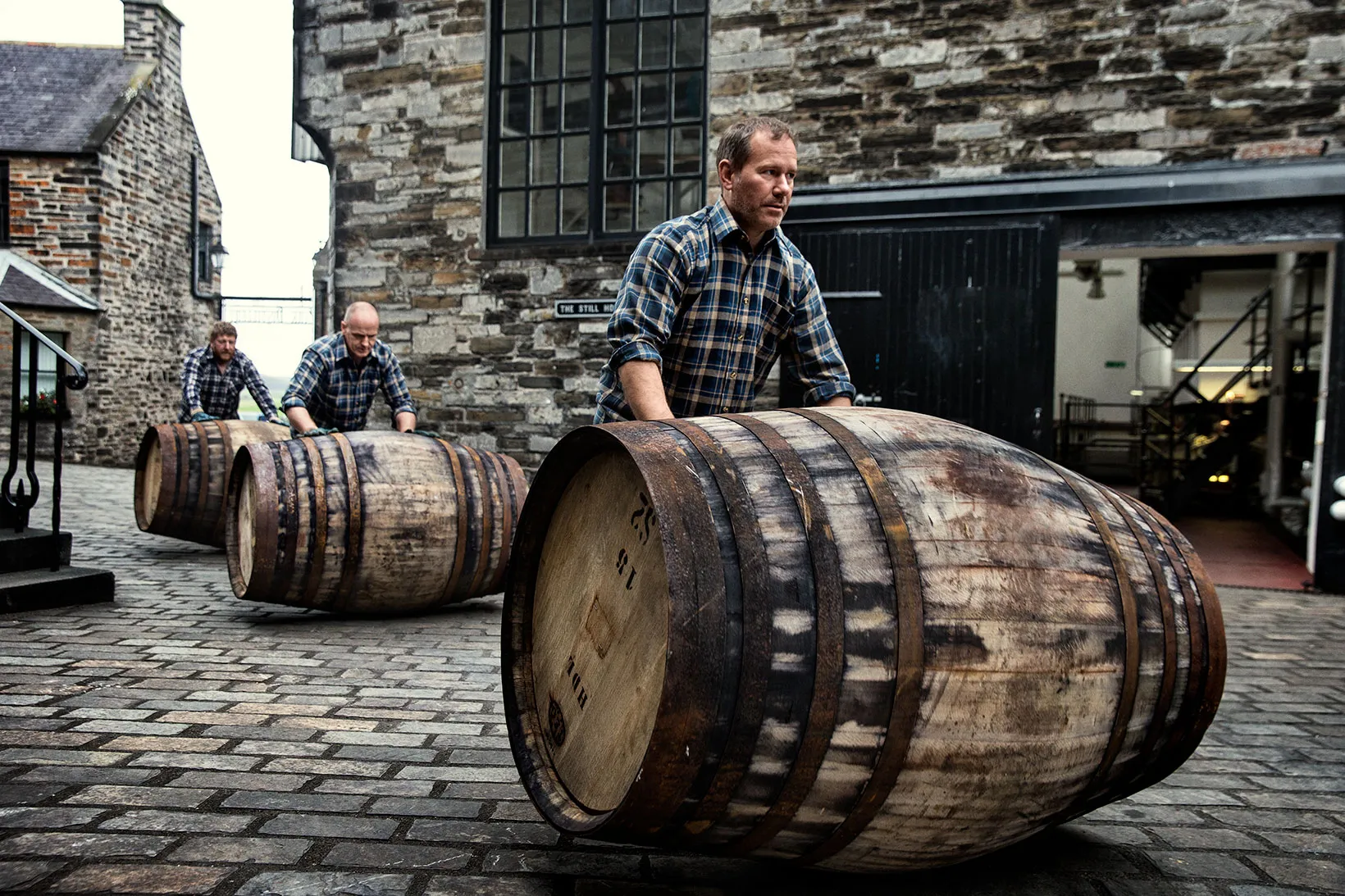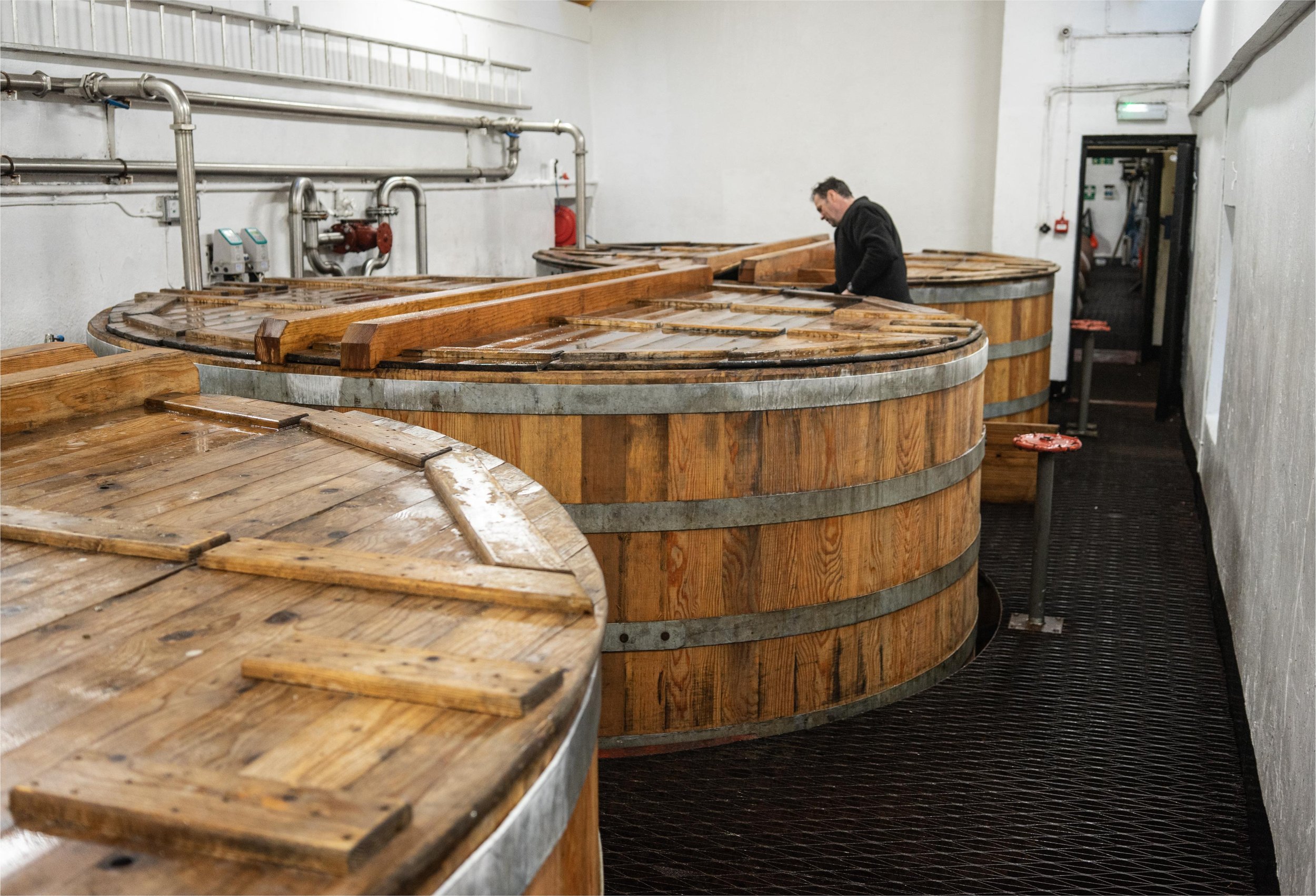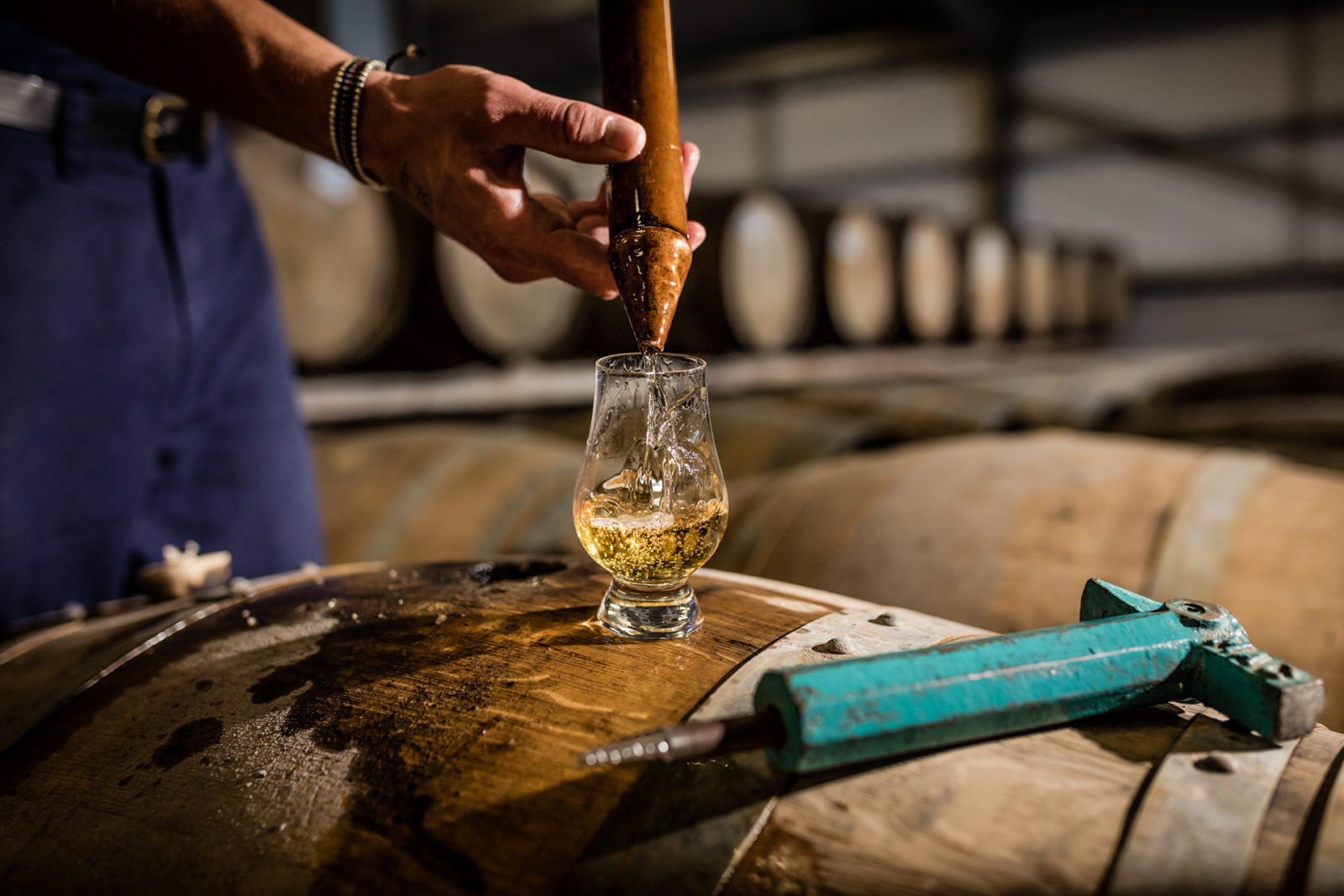Learning
The Intricate Art of Whisky Distillation in 2023: A Journey from Grain to Glass

Whisky, often referred to as the “water of life,” has captured the hearts and palates of connoisseurs around the world for centuries. Its complex flavours, rich history, and the meticulous craftsmanship involved in its production make it more than just a beverage; it’s an art form. At the heart of this art lies the intricate process of whisky distillation—a journey that transforms humble grains into a liquid masterpiece that delights the senses. Join us on a voyage through the stages of whisky distillation and discover the secrets behind the magic of this time-honoured craft.
The Foundation: Quality Ingredients
The journey of whisky distillation begins with the selection of high-quality ingredients. The primary grains used in whisky production are barley, corn, rye, and wheat. Each type of grain imparts unique characteristics to the final product. Barley, for instance, is a favourite among Scotch whisky makers due to its malty sweetness, while corn is the star of American n, adding a sweeter and smoother profile.
The grains are carefully sourced and milled to create a coarse powder known as grist. This grist is then mixed with hot water in a process called mashing. During mashing, the starches within the grains are converted into fermentable sugars. The result is a sugary liquid known as wort, which serves as the basis for fermentation.
Would you like to know more about what whisky is made from? This detailed guide has all the information that you need!
Alchemy in Action: Fermentation
Fermentation is where science and art intersect. The wort is transferred to large fermentation vessels, typically made of wood or stainless steel, where yeast is added. Yeast is the catalyst that transforms the sugars in the wort into alcohol and carbon dioxide. The type of yeast used and the duration of fermentation play a crucial role in shaping the final flavour profile of the whisky.
Fermentation can last anywhere from a couple of days to several weeks, depending on the desired characteristics. As the yeast works its magic, the liquid undergoes a series of chemical reactions, producing alcohol and a range of flavorful compounds called congeners. These congeners contribute to the whisky’s aroma, flavour, and overall complexity.
The Art of Distillation
After fermentation, the next step is distillation—an art that requires precision, experience, and an acute understanding of the distillation equipment. Distillation is the process of separating alcohol from the fermented liquid through heat and condensation. It involves two rounds of heating and cooling in specialised stills: the pot still and the column still.
Pot stills are traditional, bulbous vessels that impart a rich and robust character to the whisky. They’re often used in Scotch whisky and Irish whiskey production. Column stills, on the other hand, are tall, slender structures that enable continuous distillation. These are commonly found in the production of American n and grain whisky.
The distillation process involves heating the fermented liquid, causing alcohol to evaporate. This vapour rises through the still and into a condenser, where it’s cooled and condensed back into liquid form. The first distillation, known as the “wash distillation,” results in a liquid called “low wines,” which is then distilled again in a second round, known as the “spirit distillation.” The heart of the second distillation, the “middle cut,” is collected and forms the basis for the final whisky product.
Pro Tip: If you would like to find out what the best bourbons under $100 are, you can check this detailed guide.
The Heart of the Matter: Maturation
Distillation is just the beginning. To truly understand the art of whisky, one must appreciate the magic that occurs during maturation. The spirit, now high in alcohol content but lacking the depth of flavour we associate with whisky, is transferred to oak barrels for ageing.
Barrel selection is paramount, as the type of wood, size of the barrel, and previous contents all influence the whisky’s flavour profile. Oak barrels impart compounds such as tannins, lignins, and vanillin, which interact with the spirit over time. As the whisky ages, it draws flavours from the wood, undergoing a complex dance of oxidation, evaporation, and absorption.
Maturation also takes place within the confines of the distillery environment. Factors such as temperature, humidity, and air quality impact the ageing process. In Scotland, the cool, damp climate slows down maturation, resulting in the prolonged interaction between spirit and wood that is characteristic of Scotch whisky. In contrast, the hot, humid climate of Kentucky accelerates ageing, contributing to the distinctive character of n.
The Final Act: Bottling and Enjoyment
After years of maturation, the whisky is ready to be enjoyed by enthusiasts around the world. But the journey isn’t over yet. The art of blending comes into play, where master blenders skillfully combine various casks of whisky to achieve the desired flavour profile. This is especially common in blended Scotch whisky and Irish whiskey.
Before bottling, the whisky is often diluted with water to reach the desired alcohol by volume (ABV). The bottling strength can significantly influence the tasting experience, as a higher ABV can intensify flavours, while a lower ABV can bring out subtle nuances. Finally, the whisky is carefully bottled, labelled, and sealed, ready to be savoured by aficionados and newcomers alike.
A Culmination of Craftsmanship
Whisky distillation is a true amalgamation of art, science, and tradition. It’s a journey that begins with the careful selection of grains and culminates in the creation of a spirit that tells a story with every sip. The skilled hands of distillers, blenders, and coopers work in harmony to shape the liquid, making each bottle a testament to their craftsmanship.
As you raise a glass of whisky to your lips, take a moment to consider the intricate artistry that has gone into its creation. From the raw materials to the distillation process, from maturation to bottling, every step has been executed with meticulous attention to detail. Whisky isn’t just a drink; it’s a masterpiece that has been refined over centuries, capturing the essence of time and tradition in every drop. So, savour the complexity, relish the flavours, and raise your glass to the intricate art of whisky distillation.
Conclusion on Whisky
In conclusion, the intricate art of whisky distillation is a captivating journey that transforms ordinary grains into a liquid masterpiece that ignites the senses and stirs the soul. This age-old craft marries science, tradition, and creativity to produce a symphony of flavours and aromas that tell stories of the land, the climate, and the expertise of the distillers.
From the selection of high-quality ingredients to the patient ageing process, every step is imbued with a deep respect for the heritage of whisky-making. As you enjoy your next dram, take a moment to appreciate the centuries of wisdom, dedication, and passion that have been poured into each bottle. The journey from grain to glass is a testament to the enduring legacy of craftsmanship and the timeless allure of whisky.
































